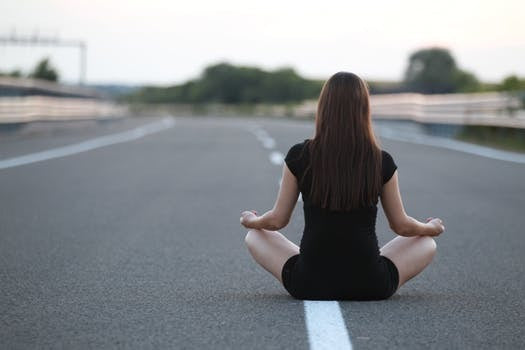
Hours Driving: 16 1/2
Hours Playing: 20
Total Hours: 36 1/2
This is the amount of time I spent on work this week including both the commute and the gig. I should note that one of my gigs this week was four blocks from my house so one day I didn’t even need to drive. I should also note that this doesn’t include practice time at home which would add at least another four to five hours.
While the neck, shoulders and back probably seem like very obvious places to have posture problems and pain, especially when playing a physically demanding instrument like piano, cello or drums, the thing that landed me in physical therapy for the longest amount of time was a problem in my hip.
When I started playing the cello over 20 years ago I would sit with my right foot turned out just slightly. No big deal. Except that it adds a twist into my right hip flexor.

When I started driving a car over ten years ago I would sit with my right foot turned out just slightly. No big deal. Except that it adds a twist into my right hip flexor.
Sound familiar?
Same problem.
My right side body continues to compress and is complicated by the added difficulty of pivoting my foot from the gas pedal to the brake pedal. In Los Angeles, the stop-and-go-traffic turns this motion into a repetitive stress activity.
In fact, most people sit in the car with their heel in alignment with the brake pedal and they move the toes over to the gas pedal when needed, pivoting on the heel. This causes an extreme external rotation in the hip and right leg.
Having an externally rotated leg when I sat meant that the twist in my right hip flexor caused my walking and running pronation to be off as well. As a result my right glute muscle and leg muscles were underdeveloped and couldn’t stabilize my frame. Any time I would take a stride my right hip would hyper extend, pushing out through the twisted hip flexor and causing a strain across my back from my left shoulder to my right hip.
When I was 23 it manifested itself as inconvenient, painful hip spasms. When I was 26 it manifested itself as a full back seizure leaving me lying on the floor of my apartment subbing out a weekend of work and shelling out roughly $1,300 over eight months for physical therapy.

I have a strong feeling that I’m not the only player out there who started young, developed a body posture that had a few problems and has spent a portion of their adult life now compensating for it.
The best way to alleviate problems while driving in the hip flexors, sciatica and piriformis is to sit with your seat somewhere between 110 and 130 degrees and your hips higher than your knees. This may not be possible in your car so it is important to sit in a way that still allows your toes to be forward and your knees to be neither internally nor externally rotated.

When moving from the gas to the brake pedal, focus on lifting the foot and moving the entire leg to keep a toe-forward position and a straight leg alignment.
The heels should be able to be pressed into the ground which is a great way to activate the glute muscles and stretch out along the side of the leg when using cruise control or waiting for any extended period of time.
When you get out of the car, take a few moments to stretch open the hip flexors, using the car for balance as this brief video explains:
This is especially important if you are about to go into a rehearsal or job where you will, once again, be sitting, as it gives your body a chance to reset from bad habits, open up circulation, and alleviate built up tension.
For daily tips and motivation, follow @MusicianHealthResource on Instagram and remember, your body should never limit your ability to make music. Wishing you all a fantastic finish to the holiday season!
Health and happiness,
Karen




